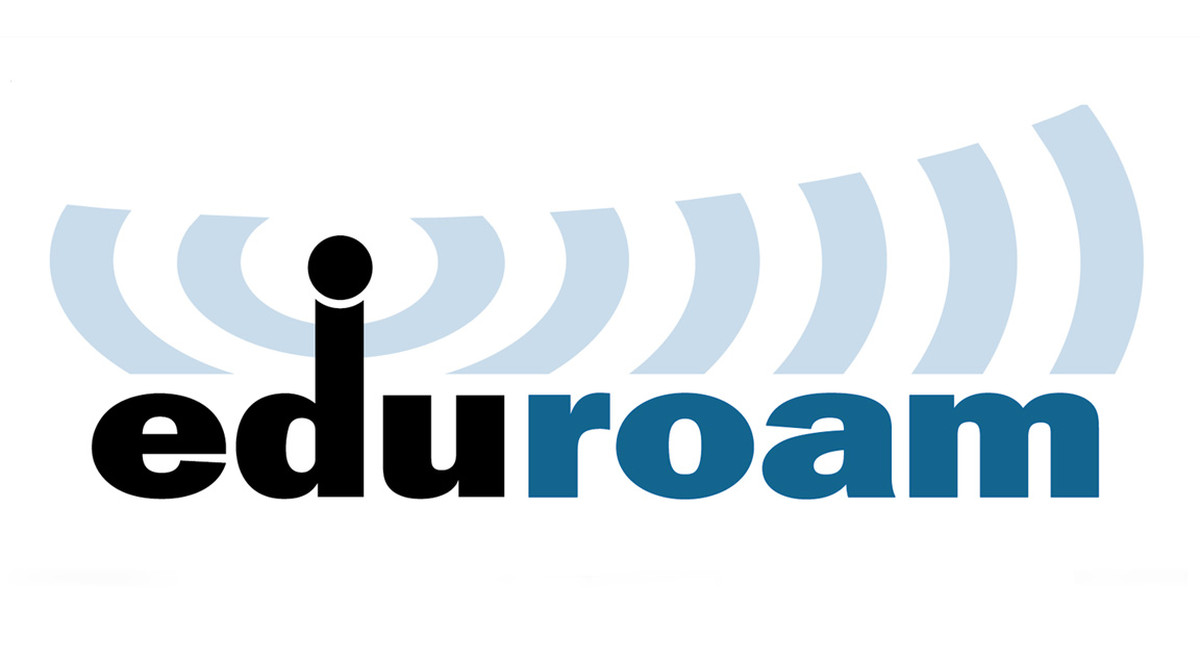In eduroam, communication between the access point and the user’s home institution is based on IEEE 802.1X standard; 802.1X encompasses the use of EAP, the Extensible Authentication Protocol, which allows for different authentication methods. Depending on the type of EAP method used, either a secure tunnel will be established from the user’s computer to his home institution through which the actual authentication information (username/password etc.) will be carried (EAP-TTLS or PEAP), or mutual authentication by public X.509 certificates, which is not vulnerable to eavesdropping, will be used (EAP-TLS).



